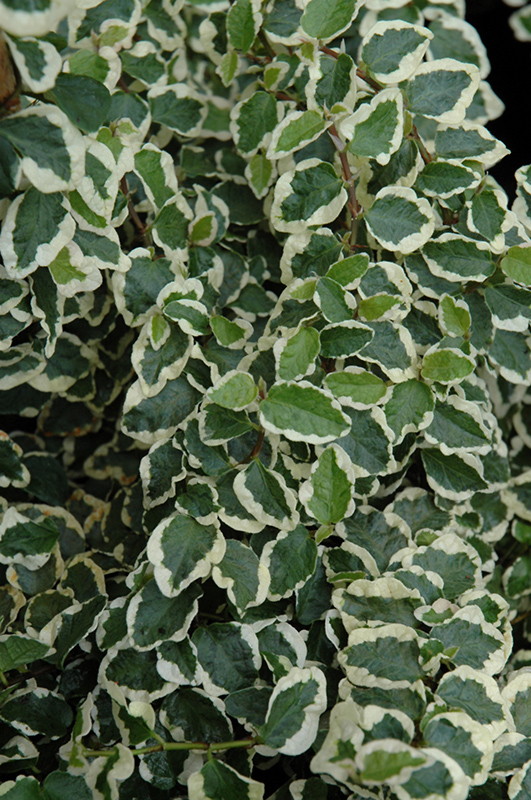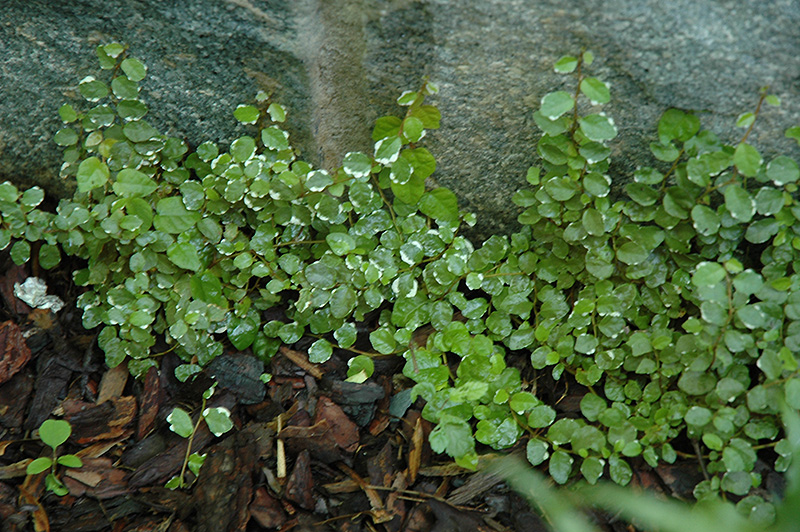PLANT FINDER
Variegated Creeping Fig
Ficus pumila 'Variegata'
Height: 30 feet
Spread: 3 feet
Sunlight:
![]()
![]()
Hardiness Zone: (annual)
Description:
This variety is a vigorous climber that will scale any porous surface; it will quickly cover surfaces upwards of 50 feet; mature plants adopt a more horizontal habit when they reach upward limits; visually stunning when maintained on walls or trellises
Ornamental Features
Variegated Creeping Fig's attractive heart-shaped leaves remain dark green in color with showy white variegation throughout the year on a plant with a spreading habit of growth.
Landscape Attributes
Variegated Creeping Fig is a multi-stemmed annual with a ground-hugging habit of growth. Its medium texture blends into the garden, but can always be balanced by a couple of finer or coarser plants for an effective composition.
This plant will require occasional maintenance and upkeep, and can be pruned at anytime. It is a good choice for attracting birds to your yard. Gardeners should be aware of the following characteristic(s) that may warrant special consideration;
- Invasive
Variegated Creeping Fig is recommended for the following landscape applications;
- Hedges/Screening
- General Garden Use
Planting & Growing
Variegated Creeping Fig will grow to be about 30 feet tall at maturity, with a spread of 3 feet. As a climbing vine, it should either be planted near a fence, trellis or other landscape structure where it can be trained to grow upwards on it, or allowed to trail off a retaining wall or slope. Although it's not a true annual, this fast-growing plant can be expected to behave as an annual in our climate if left outdoors over the winter, usually needing replacement the following year. As such, gardeners should take into consideration that it will perform differently than it would in its native habitat.
This plant does best in partial shade to shade. It does best in average to evenly moist conditions, but will not tolerate standing water. It is not particular as to soil type or pH, and is able to handle environmental salt. It is highly tolerant of urban pollution and will even thrive in inner city environments. This is a selected variety of a species not originally from North America.



